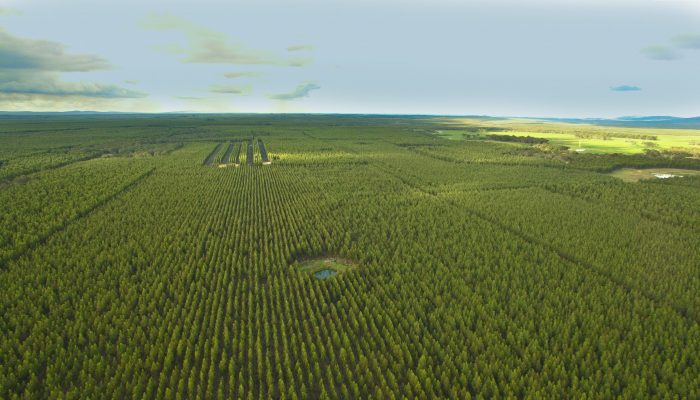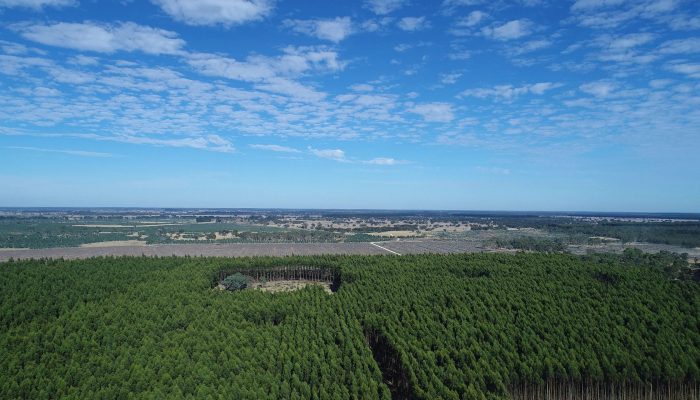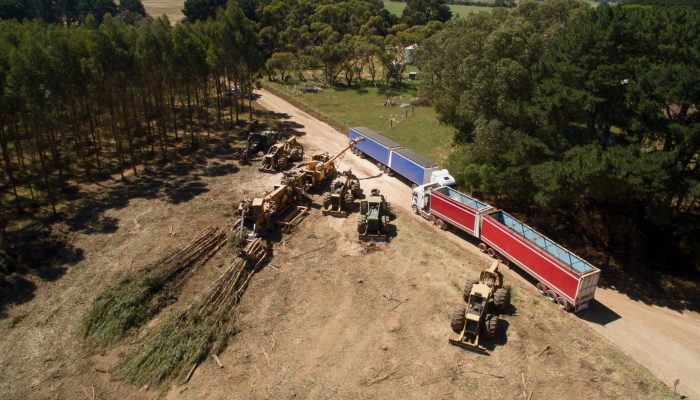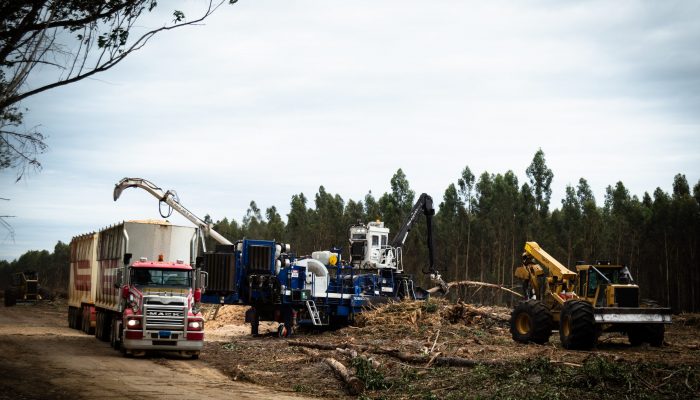Informed land selection and acquisition, whether leasehold or freehold, is foundational to the long term sustainability of our operations. This process is underpinned by the combined expertise of our estate managers and research and development team.
Land
Our estate managers are responsible for the land program in the Albany and Green Triangle regions. They are our first line of expertise when assessing freehold or leasehold property suitability for inclusion in our plantation estate, with their knowledge informing considerations such as obstacles to plantation establishment (e.g. presence of rock, inundation, salt and access issues), soil types, and cultural and heritage checks. In collaboration with the Research and Development team, site yield calculations and financial modelling are also undertaken as part of this process.
Research and Development
The ABP Research and Development team are fundamental to the long term sustainability of our operations, as outlined in the Continuous Improvement Strategy which guides their work. Specific areas of focus are:
- Tree improvement to increase fibre and pulp yield, as well as disease resistance.
- Sample plots for increased understanding of pulp yield variation and improved growth methods in the field.
- Plantation nutrition trials to optimise fertiliser use and maximise return on investment.
- Effective pest and disease management.
- Improvements in competition control.
- General silviculture to support plantation operations overall.

Albany region
In the Albany region, the Land Strategy has been to maximise estate value and Port throughput, as well as to secure optimal land where it makes sense to do so.
Green Triangle region
In the Green Triangle region, ABP is a member of the Green Triangle Forest Industries Hub, collaborating with other forestry companies to enact its 2019 sustainable growth plan. This requires the planting of over 150,000 ha of new land, projected to sequester 3.6 million tonnes of carbon dioxide every year.Plantation Management
Preparation for the successful establishment of a plantation requires our staff to oversee:
- Adequate cultivation of the ground for water retention and healthy root development.
- Management of harvest residue in second rotation sites to return organic matter and nutritional value back to the soil, improve moisture retention, and encourage weed suppression.
- Control of competing weeds to ensure full nutrient and water uptake by seedlings.
- Careful management of planting for uniform stocking, as well as to enable insect control and straight, even tree growth.
Plantations are monitored to check seedlings continue to grow at optimum rates. This is achieved through soil and leaf sampling, weed and pest control regimes, and fertiliser application to maintain adequate nutrition.
Before harvesting begins, ABP undertakes a planning process which includes roading of the plantation and consultation with relevant government authorities and key stakeholders. Mechanical harvesting is then carried out by professional local contractors who are selected on the basis of experience and the requirements of the project.
The harvesting method is determined by the destination and end use of the product. ABP uses two key harvesting and processing methods: ‘Cut to Length’, where logs are harvested, debarked, cut to length and transported to a static chip mill or log receival facility, or ‘Infield Chip’ where the logs are harvested, debarked, chipped onsite with an infield chipper and transported to a chip receival facility.

Green Triangle region
On our Green Triangle plantations we have developed improved methods of controlling coppice. The earlier practice of allowing stump regrowth for further harvest was found to be inferior to the yield offered by replacement seedlings. New technologies for stump spraying during harvest were therefore developed, followed by second rotation replanting with seedlings.
Albany region
At harvest, all ABP plantations are now stump sprayed, an innovation developed in Albany. Slash piles are subsequently spread across each site to help with moisture retention and weed control. Logs are processed using the infield chipping method, and sites are replanted at a rate of 1,000 stems per hectare.
Conor Boyd Seed Orchard: this site covers 5.7ha and 2,000 planting positions. A cross-breeding program is designed each year and new grafts are planted annually, with the main drivers for seed production being dry mass production, pulp yield and disease resistance. Up to six million seed are produced annually for ABP’s planting program.